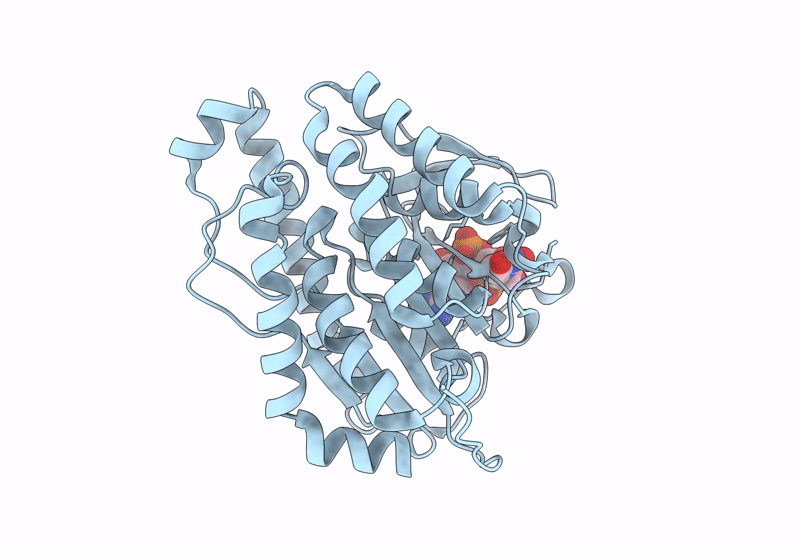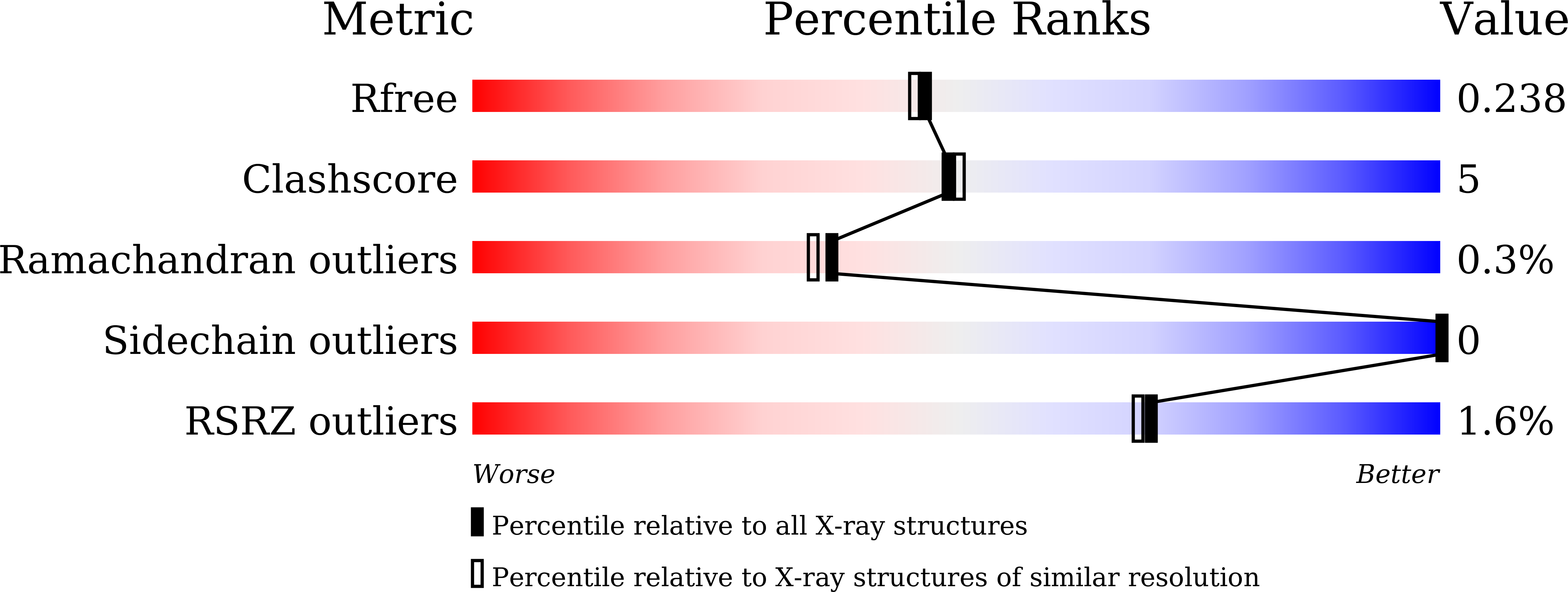
Deposition Date
2024-07-09
Release Date
2025-05-21
Last Version Date
2025-07-23
Method Details:
Experimental Method:
Resolution:
2.00 Å
R-Value Free:
0.23
R-Value Work:
0.19
R-Value Observed:
0.19
Space Group:
P 32 2 1


